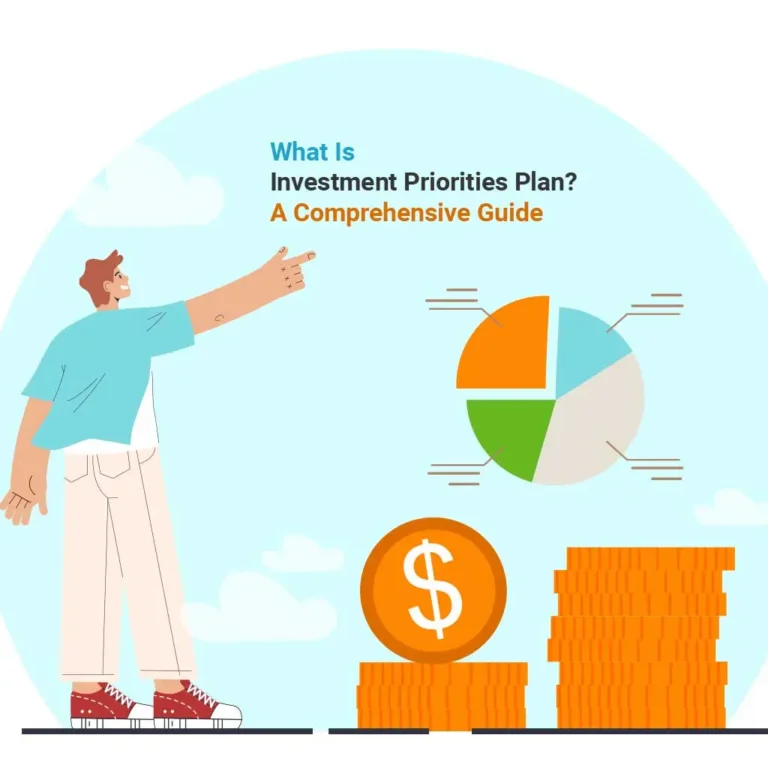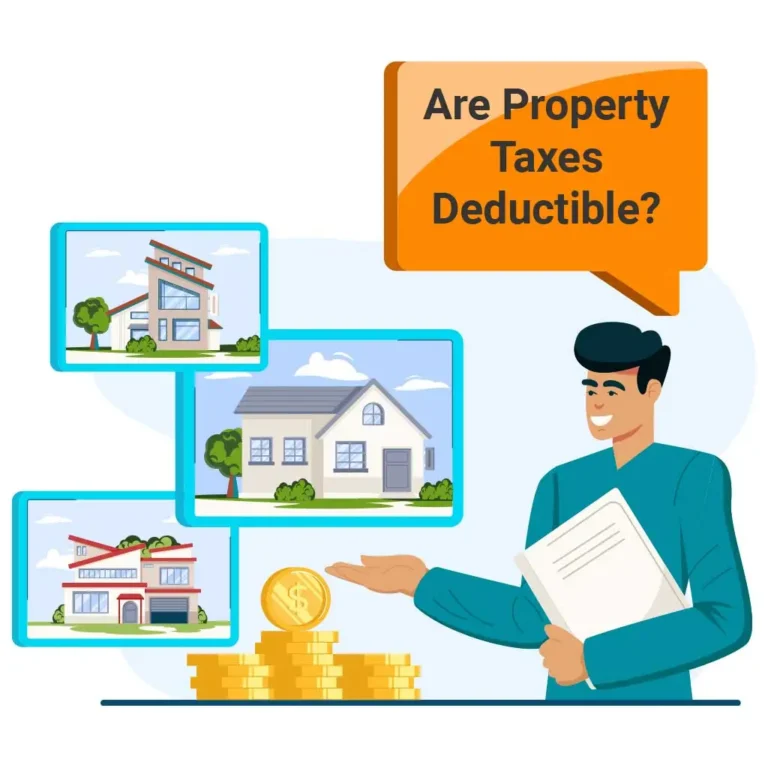The History of Money for Kids is something every teen needs to know about. We are going to talk from bartering to banknotes and everything in between.
By now, you’ve probably learned a lot about the history of money for kids, or at least we think you have.
Maybe your piggy bank is filled with coins you’ve been collecting for a long time, or you have a big stack of twenty-dollar bills that you’ve saved from holiday and birthday cards, or, hopefully, you’ve already got your own bank account that you’re using to learn important lessons about saving money.
No matter how much you think you know about the history of money for kids(or anything, really), there is always more to learn. Even I’m still learning new things every day, because things constantly change. What fun would it be if it was always the same? That means we’d never have chocolate cookie dough ice cream. Plus, who said you couldn’t teach an old guy new tricks?
You might not realize that money’s history and how we use money are pretty complex subjects. But, it doesn’t mean you have to know everything about it. We just want you to have a great reference point of where we’ve been, so you might be able to apply it to your circumstances today. We don’t build pyramids anymore, but we used aspects of its technology in modern engineering.
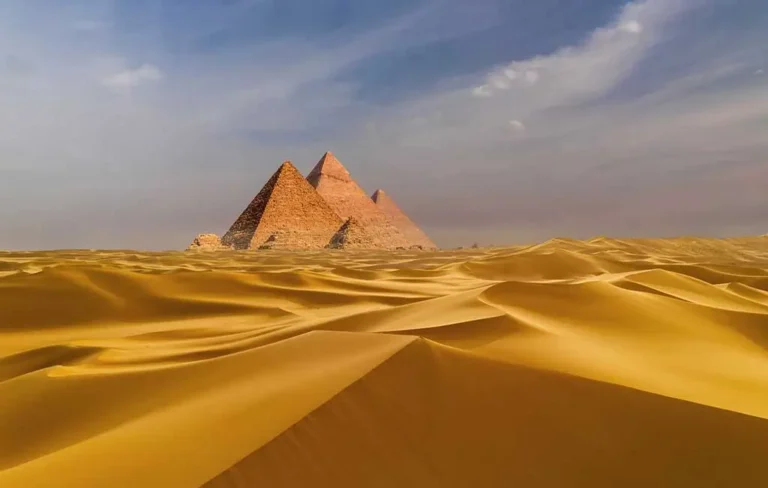
In this post about the history of money for kids, we will explain the history of money so that everyone can understand it.
What do we need money for anyway?
The invention of money resulted in something that was easier to carry around. Since money has a value that everyone agreed on, it could easily be used to trade for things people needed, like tools, clothing, a golden scarab (dung beatle), ostrich feathers (for fans), or food.
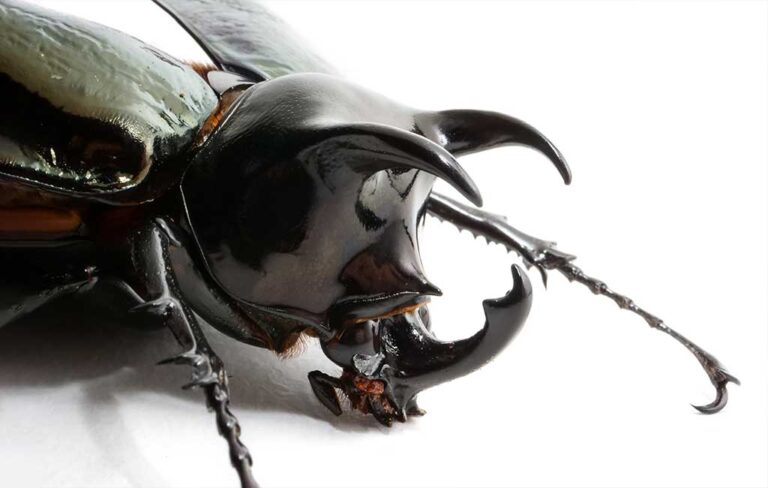
How long ago was the first money invented?
In case of the history of money for kids, money, as a concept, dates back thousands of years, but it didn’t always look like the money we have today, but much cooler(or stranger).
Many years ago, cultures worldwide used different items to represent money. These are usually items that were readily available to them.
The Mayan and Aztec peoples, for example, would use cocoa beans as a form of currency (which is just another word that we use for money). That’s kind of like having a cup of expensive Starbucks coffee. In China, about 3000 years ago, cowry shells (you know, those white shells that look like little mouths) were used as currency.
When did people start using coins as money?
The earliest evidence of coins used as money can be found in ancient Greece, sometime around the year 600 B.C. Until then, most cultures were using objects like beads, grains, and shells as forms of money.
Soon after, many other cultures began making their own coins. These ancient coins were usually made of precious metals such as gold, silver, copper, bronze, and brass and often featured images printed on them, just like today, meant to display local pride or a great big ego.
Coins later became associated with governments and nations. In the early Roman empire, for example, minted coins featured the images of Roman emperors (see, big ego). Minting refers to the process of making metal coins.
When was paper money invented?

Sometime around the 7th century, Chinese merchants started using paper to represent the copper coin they had. These merchants would deposit their coins into the hands of other merchants, who would hand them a certificate made of paper that would verify the number of coins they possessed. (Doesn’t this sound a lot like an early bank. I could have called it the Bank of Ben!).
Paper use made it a lot easier for the Chinese merchants to “carry” their money when making a large payment or when traveling. The paper could, in turn, be used to collect the coins that it represented. It would be a nicer way of asking instead of “Hey, you give me coins!”. This early paper money for copper system lasted for about 200 years until there was a shortage of copper. The Chinese then switched to using paper money to represent a system backed by gold instead of copper. Wow, the actual gold system was borrowed in America from the Chinese – cool!
Even though we refer to non-coin-based money as paper money, it wasn’t always based on paper. Some cultures used different materials, such as cloth or leather, as an easy-to-carry representation of their coins.
What is the history of American money?
American money dates back to the country’s earliest days. Before we signed the Declaration of Independence, colonists in America used different types of money from all over the world, but, for the most part, they were using British money. We were a colony of theirs, so it made sense. In 1776, however, the United States Continental Congress approved the issuance of our country’s first currency, the $2 note. If you’re one of the first 25, who sends me a request, with your address (Contact@EduCounting.com), I’ll send you an authentic $2 Mak & G bill.
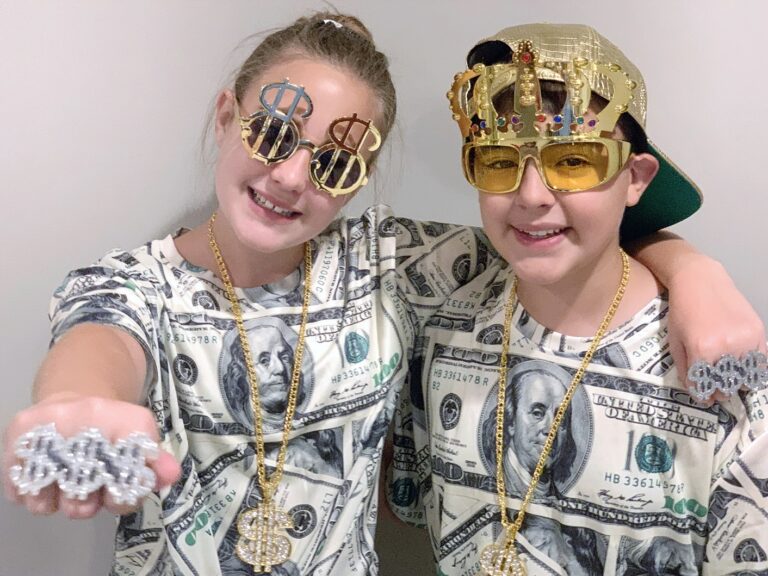
These $2 notes, or bills, were known as “Continentals.” They were the United States of America’s first official form of paper money. In fact, they are OLDER than our country because they were approved by the Continental Congress a few days BEFORE we declared our independence from Britain AND also more than one month before members of Congress signed the actual Declaration of Independence!
Click below to learn more about the history of money for kids in the United States with Grant!
Understanding banknotes and loose change
We are still using paper money, also known as banknotes, and coins to this day.
Our country’s most common denominations of American money include:
- pennies (coins that are worth one cent)
- nickels (coins that are worth five cents)
- dimes (coins that are worth ten cents)
- quarters (coins that are worth 25 cents)
- $1 bills (dollar bills or singles)
- $2 bills but mostly for Mak & G
- $5 bills (fives)
- $10 (tens)
- $20 (twenties)
- $50 (fifties)
- $100 (hundreds or Benjamins)
Here is an excerpt from our Stocks and Bonds course, where Mak & G talk a bit about the history of money for kids:
- half dollars (which are worth fifty cents and are also called fifty-cent pieces)
- dollar coins (which currently features an image of Sacagawea, a famous Native American woman)
What is the Treasury and the Mint?
The United States Treasury Department is the agency that handles our country’s financial management. Its various tasks include paying our country’s bills, collecting taxes (YUCK!!), and managing its currency. Several other government agencies related to our country’s finances are also part of the Treasury. One of those agencies is the U.S. Mint.
The U.S. Mint is in charge of making our country’s coins and printing its paper money. They make the money that we use for everyday transactions, and they also make special collectors editions of American money, which some people like to collect.
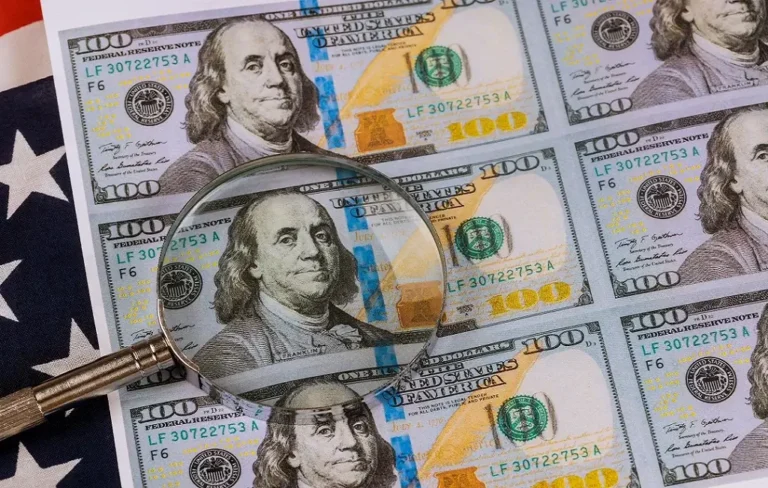
What is credit, and why do we need it?
Credit allows people to pay for stuff even when they don’t have the money right now. So, instead of buying things with your own money, you will borrow the money from another person, usually a bank, promising to pay it back at another time. It’s pretty cool, but pretty dangerous.
When you use borrowed money (also known as credit) to buy something, you will eventually have to return the money. It’s kind of like borrowing a book from a library. Every time you take a book, you make a promise to the library to bring it back after an amount of time. If you fail to return it in time, you’ll get chased down by a tough librarian who will make you pay a fine.
So, credit works like that too. You borrow money from the bank, which lets you use the money over a specific time period. In return, you agree to pay back the money with interest (which is an amount of extra money you pay the bank for letting you borrow the money in the first place). If you don’t pay back the money as you promised, you may get in trouble and pay a fine, the same way you would have to do at the library. Except it usually costs a lot more than an overdue library book!
The way you use credit will also determine your credit score, which is like a grade that tells people whether or not you are trustworthy when borrowing money. All the banks and companies you might borrow money from for a house, car, that new bike and other stuff gets to see your grades.
Let’s say you keep taking out library books but never return them, or worse, destroy them. Well, the library will probably stop letting you borrow their books. Its the same for banks or other money lenders. They’ll stop allowing you to borrow money from them if you don’t pay your loans back on time. If it’s really bad, it’s like getting an “F” and tells everyone not to lend you a penny. That’s not good.
If you want to learn more about how credit works, check out this blog post!
In this lesson about the history of money for kids, the history may be in the past, but it’s just the beginning for your future.
Learning about the history of money is the first step in adequately handling your money and being trustworthy with it. I hope you enjoyed the history of money for kids and added a bit to your financial literacy.
For more interesting stories about money and finance, check out some of our other blog posts or some of our awesome podcasts where you can learn how to save, spend and invest all that paper money just like the grown-ups do.






